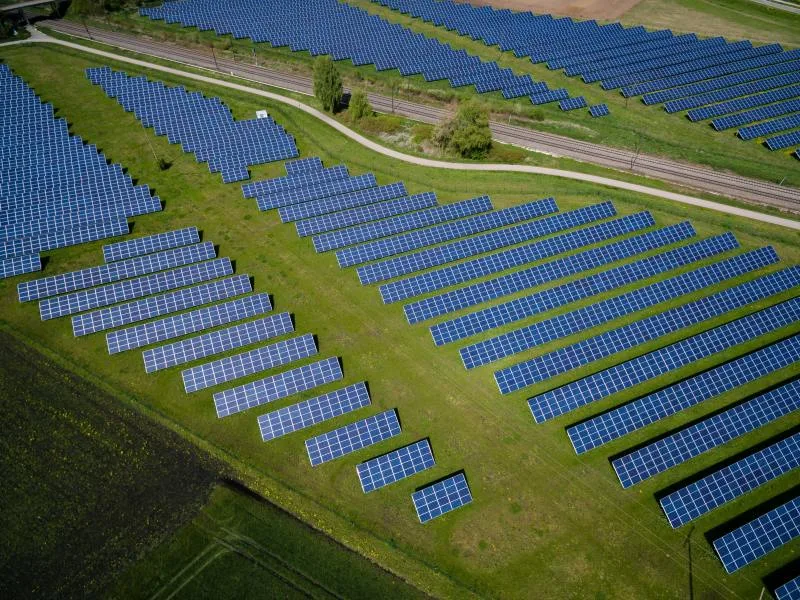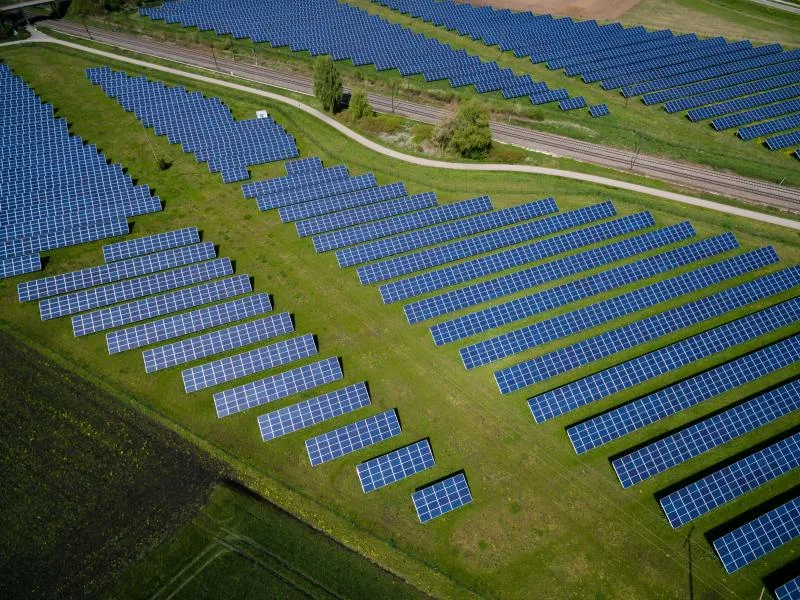
Renewable energy costs are in freefall. What that could mean for Canada
Six in 10 new wind and solar projects were cheaper to install than the least costly fossil fuel alternative in 2020 — continuing a trend that shows no signs of reversing.
The writing’s been on the wall for coal for awhile, and in 2020, it just couldn’t compete with renewable energy when it came to new installations.
That’s according to a new report by the International Renewable Energy Agency (IRENA), which found that 62 per cent of renewable energy capacity that came online last year cost less to install than the cheapest fossil fuel option. In real terms, that’s a total of 162 GW that was cheaper to install than coal, around double what it was in 2019.
The costs of individual types of renewables fell as well. IRENA reports concentrating solar power fell 16 per cent, onshore and offshore wind by 13 and 9 per cent respectively, and solar photovoltaic cells (PV) by 7 per cent. Operating costs continue to undercut coal as well, and IRENA expects 2020’s renewables installations will save US$156 billion (C$195 billion) in emerging economies over the course of their lifespan.
That drastic fall in both installation and operating costs bodes well for the fight against climate change, IRENA’s director-general, Francesco La Camera, said in a release from the group.

Some six in 10 new renewable energy projects cost less than the cheapest fossil fuel option in 2020, IRENA says, which will save operators almost $200 billion over the course of the new plants' operating lives. (Andreas Gucklhorn/Unsplash)
“Renewables present countries tied to coal with an economically attractive phase-out agenda that ensures they meet growing energy demand, while saving costs, adding jobs, boosting growth, and meeting climate ambition,” he said. “I am encouraged that more and more countries opt to power their economies with renewables and follow IRENA’s pathway to reach net zero emissions by 2050.”
2020’s renewable costs continue the downward trend that’s been the norm for the past decade. Since 2010, solar PV costs have fallen an astounding 85 per cent, onshore wind by 56 per cent, and offshore wind by 48 per cent. IRENA says solar and onshore wind auction prices can be as low as 3 cents per KWh in some cases, even without financial support from governments — bargain prices against which coal just can’t compete.
CANADA: ‘MORE POTENTIAL THAN WE COULD EVER HOPE TO USE’
Canada already boasts one of the world’s cleanest energy grids, at least in terms of generation, with three quarters of it made up of nuclear and hydro. Non-hydro renewables such as wind and solar make up only around 7 per cent, with the rest a mix of fossil fuels, including coal.
That small share notwithstanding, new wind and solar installation costs have plummeted in Canada just as they have in emerging markets.
Robert Hornung, president and CEO of the Canadian Renewable Energy Association, told The Weather Network that he sees new wind contracts in Alberta and Saskatchewan signed for prices below $40 per MWh, and $48 per MWh for new solar contracts in Alberta — and says prices will keep on declining through the remainder of the decade.
Hornung says electrification is accelerating as governments move toward net-zero, pointing to studies suggesting wind and solar could make up as much as 95 per cent of all new installations across North America by mid-century.
“Canada has massive untapped wind and solar energy resources in every part of the country — more potential than we could ever hope to use,” he says. “This will be critical as we move toward net-zero greenhouse gas emissions in 2050.”
'PERFECT OPPORTUNITY': THE RIGHT SPOT FOR LARGEST SOLAR POWER OPERATION IN CANADA
A large part of wind and solar competitiveness, Hornung says, is their flexibility and drastically lower capital costs when compared to zero-emission heavies such as hydro and nuclear. It’s also not uncommon for new nuclear and hydro to have lead times in excess of a decade.
“Wind and solar can be deployed quickly and at whatever scale makes sense,” he says. “The economics remain favourable at multiple scales. They are decentralized and can be sited where it makes best sense to do so.”
Those advantages relative to fossil fuels have prompted provincial governments to take renewables seriously: so far, Saskatchewan, Quebec, and Nova Scotia have signed agreements for new wind and solar, or plan on releasing tenders for them.
The corporate world is also taking notice: Hornung says Alberta has seen a surge of big corporate names such as TD, Amazon, and Budweiser, signing agreements to purchase power from those sources.
As fast as wind and solar have been rising, Hornung adds there are additional things governments can do to boost them further. Chief among them are hard decarbonization targets, strategies for electrification and the use of green hydrogen, continued carbon pricing, and market reforms that allow consumers greater choice over their energy supply.
Follow Daniel Martins on Twitter.












